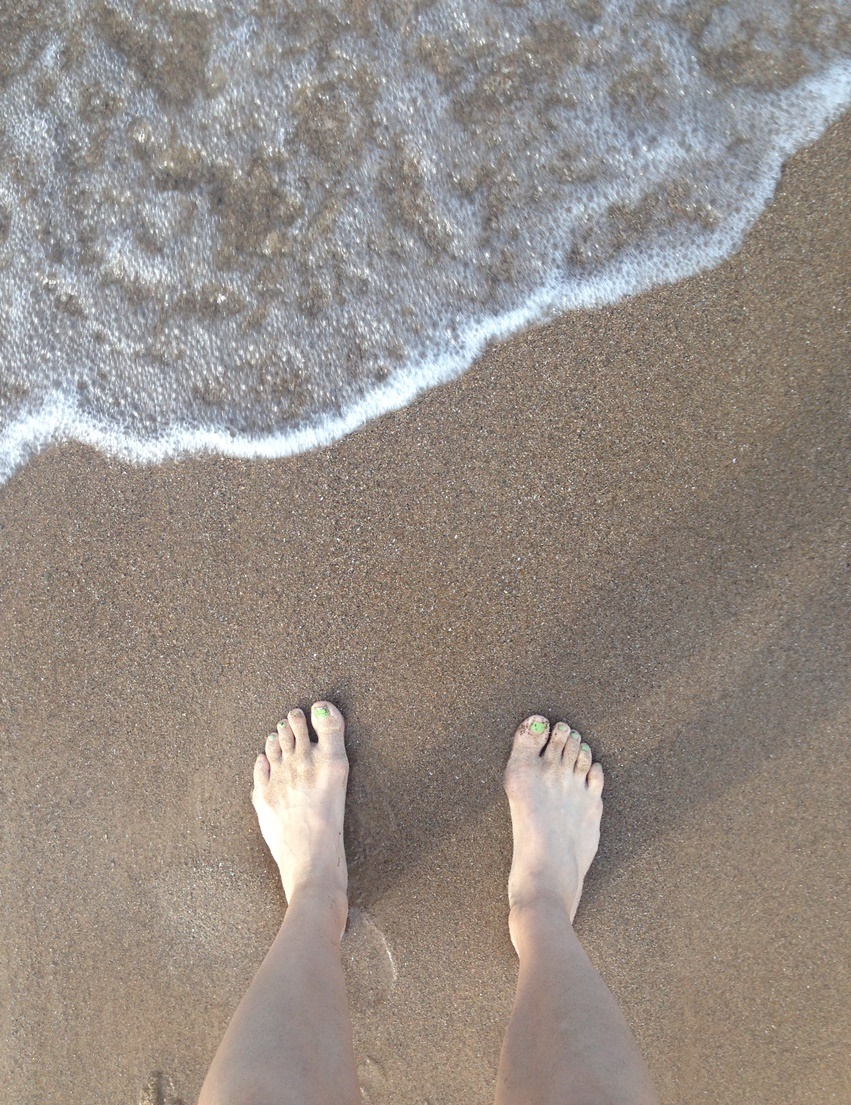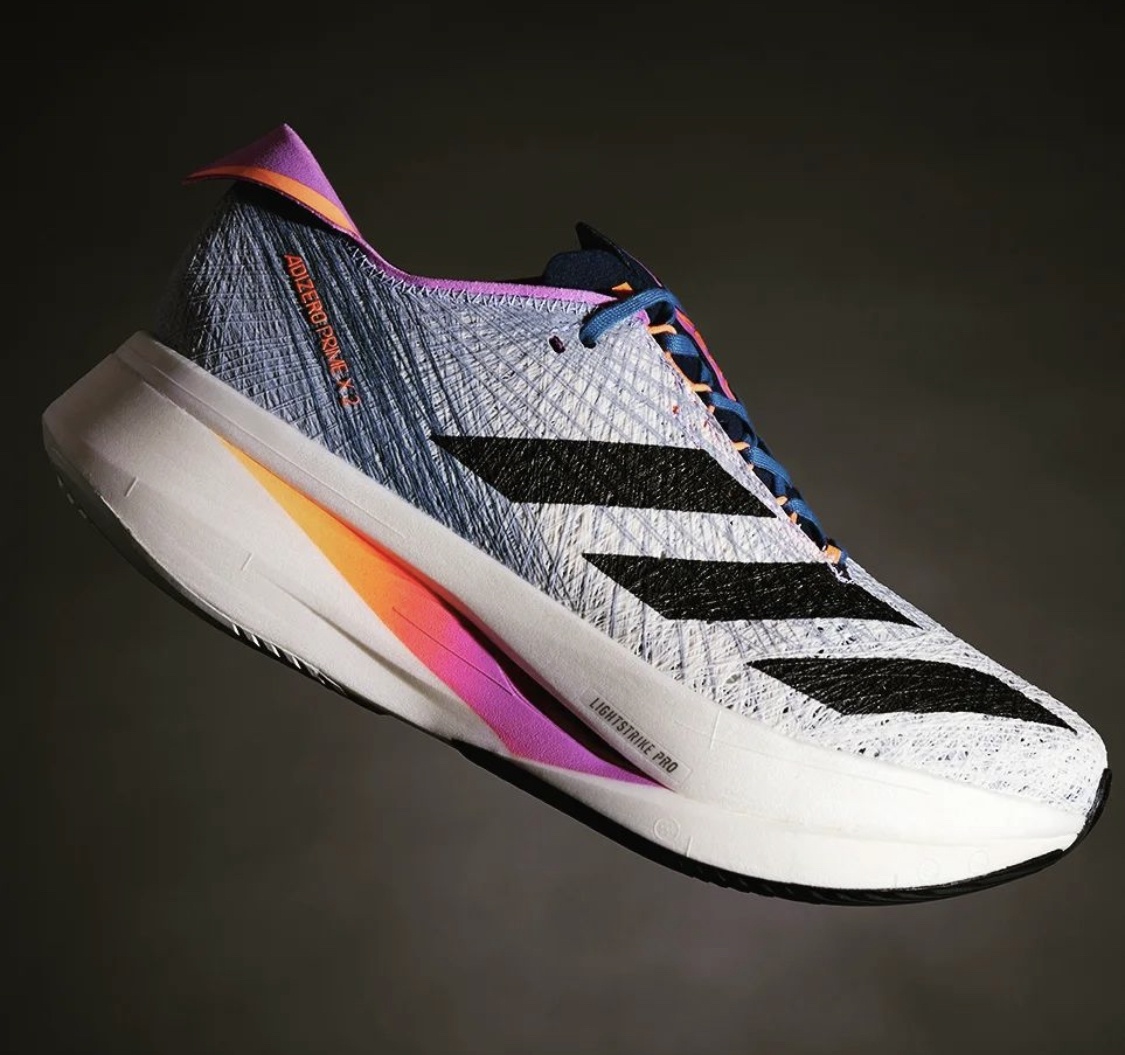The best, long-term course of action to prepare the feet for high mileage is to spend more time walking barefoot, especially doing weight-bearing activities barefoot. This is because the data continues to accumulate and further validate that increased barefoot activity is the only effective therapeutic method to stimulate the soft tissues, muscles and vasculature of the foot to sustainably strengthen.


There’s a common belief that our feet are inherently delicate, therefore we must wear cushioned shoes for protection. Yet, East African runners, who are the best long distance runners in the world, are known for their exceptionally strong feet from running barefoot for so long as kids. As professional runners, these very same runners cross-train barefoot as well as run barefoot to keep their feet strong and tolerant to adapt quickly to harder levels of training. But, as soon as we rely on a shoe to work for the feet, pain and injury arises since the foot is no longer working independently.


Routine dependence on cushioned footwear is proving to be less effective at sustainably strengthening our feet whereby one of the strongest conclusions for this came from a study in the journal, Medicine and Science in Sports and Exercise, discovered that footwear containing arch support weakened arch strength by preventing adequate lowering of the arch, which strained the plantar fascia. With enough repeated loading, plantar fasciitis occurs.
Some experts underscore that with increasingly supportive footwear, the feet become lazy as evidence shows that runners with collapsed arches or with plantar fasciitis develop stronger, healthier feet when running barefoot!
Why Cushioned Athletic Shoes Weaken Our Feet
Most cushioned athletic shoes are too narrow and inflexible, causing the foot’s engaging muscle activity to be overly restricted, when sustainments in foot functional strength requires ongoing active muscular engagement and ground-feel.


Last but not least, this doesn’t mean that you have to permanently ditch your running shoes, it means that you can’t rely on running shoes to strengthen your feet because these shoes under-provide the engaging and sensory value that being barefoot provides. If you want to run in shoes, then this is all the more reason that you need to be running barefoot or doing weight-bearing activities barefoot when cross-training.
Still need more convincing on the fact that the health and function of our feet depends on barefoot vs shoes? Here are more evidence-backed reasons your feet will be stronger with walking and especially running barefoot!
References:
Davis, I. What we can learn from watching children run? AMAA Journal. Fall 2011. 8-9.
Robbins, SE and Hanna, AM. (1987). Running-related injury prevention through barefoot adaptations. Med Sports Sci Ex, 19(2):148-156.

Bretta Riches
BSc Neurobiology; MSc Biomechanics candidate, ultra minimalist runner & founder of RunForefoot. I was a heel striker, always injured. I was inspired by the great Tirunesh Dibaba to try forefoot running. Now, I'm injury free. This is why I launched Run Forefoot, to advocate the health & performance benefits of forefoot running and to raise awareness on the dangers of heel striking, because the world needs to know.
Latest posts by Bretta Riches (see all)
- Can You Run In Barefoot Shoes? Yes, But DON’T Heel Strike! - 21/07/2024
- Why Cushioned Running Shoes Are Really Bad for Your Feet - 19/07/2024
- Do Cushioned Running Shoes Cause Injuries? - 17/07/2024
